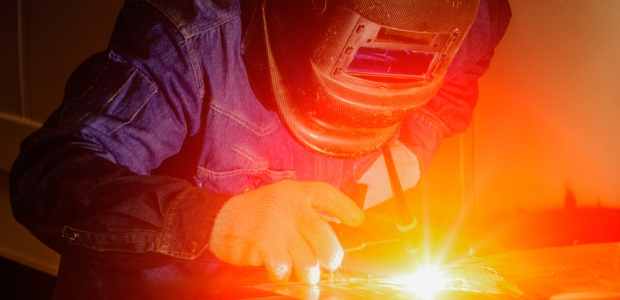Welding is a high-risk activity that can result in severe accidents and injuries if proper safety standards and regulations are not followed. This makes it crucial for everyone involved in welding operations, including employers, workers, and supervisors, to be knowledgeable about safety and follow best practices to minimise risks.
This article will explore the safety standards, best practices and gear such as welding helmets and respirators to ensure compliance and minimise the risks of accidents and injuries.
Contents
Understanding the Hazards
The first step in ensuring safety is understanding the hazards involved. Welding generates fumes, gases, and dust that can cause respiratory problems and other health issues. It also involves high temperatures and bright light that can cause burns and eye injuries. Understanding the hazards involved can help to develop appropriate safety measures.
Compliance with Standards and Regulations
Compliance with safety standards and regulations are essential to minimise risks and ensure worker safety. In Australia, compliance with safety standards and regulations is regulated by the Australian Welding Standards Committee (AWSC). Compliance with these standards and regulations is essential to ensure safe work practices and minimise the risks of accidents and injuries in operations.
Proper Ventilation
It is critical for safety, as it helps to remove hazardous fumes and gases from the operation area. Adequate ventilation can be achieved through natural or mechanical means, such as ventilation fans or local exhaust systems. It can help to reduce the risks of respiratory problems and other health issues.
Personal Protective Equipment (PPE)
PPE includes welding helmets, respirators, etc. Helmets are critical personal protective equipment that protects the eyes and faces from sparks, heat, and radiation during the operation. They are typically made from lightweight and durable materials and come with various features, such as auto-darkening lenses, to improve visibility and reduce eye strain. Respirators are designed to protect the respiratory system from fumes generated.
Training and Education
Training and education are essential components of safety. They help ensure that workers know the risks and how to use equipment safely. Employers should provide full-fledged training to all workers, including the proper use of PPE, safe techniques, and emergency procedures.
- Safe Work Practices
Safe work practices are critical in safety, as they help to minimise the risks of accidents and injuries. These practices include proper handling and storage of equipment and materials, regular equipment inspections, and following established procedures for welding operations. Safe work practices should be regularly reviewed and updated to ensure compliance with relevant safety standards and regulations.
- Emergency Procedures
Emergency procedures are essential in safety, as accidents and injuries can occur despite best prevention efforts. It must be established and communicated to all workers involved in welding operations, including strategies for responding to fires, explosions, and other emergencies. Workers should be trained on these procedures and have access to emergency equipment, such as fire extinguishers and first aid kits.
Continuous Improvement
Continuous improvement is essential to safety, as it helps ensure that safety measures remain practical and relevant over time. It includes regular safety audits, reviews, and worker feedback on safety issues and concerns. Employers should address safety issues and implement improvements to ensure that all operations remain safe and compliant with relevant safety standards and regulations.
Conclusion
In conclusion, safety standards and regulations are critical to ensuring worker safety and minimising the risks of accidents and injuries. Compliance with these standards and regulations requires a comprehensive approach that includes proper ventilation, personal protective equipment, training and education, safe work practices, emergency procedures, and continuous improvement. Employers should prioritise welding safety and take proactive measures to ensure compliance with relevant safety standards and regulations to protect the health and well-being of their workers.

